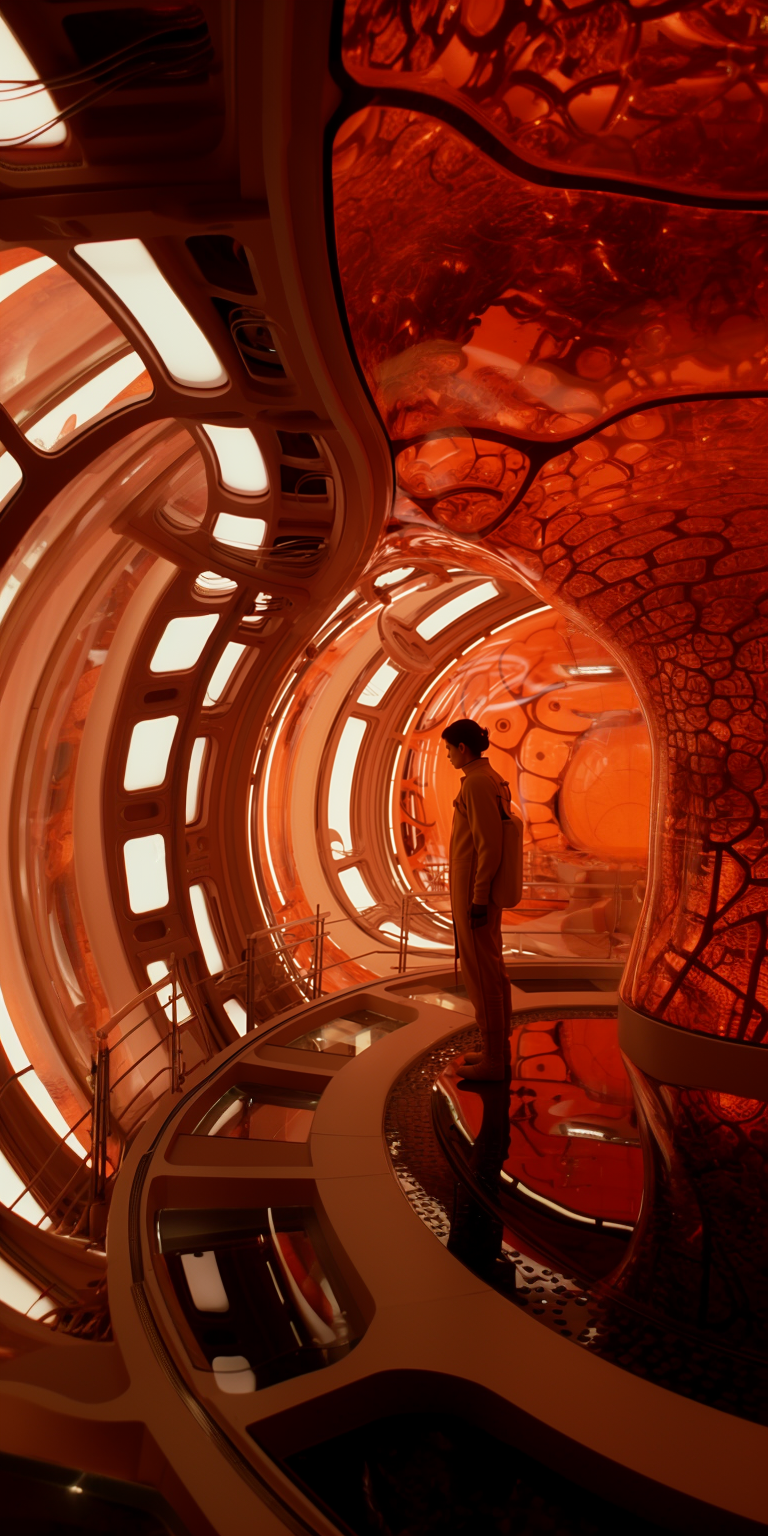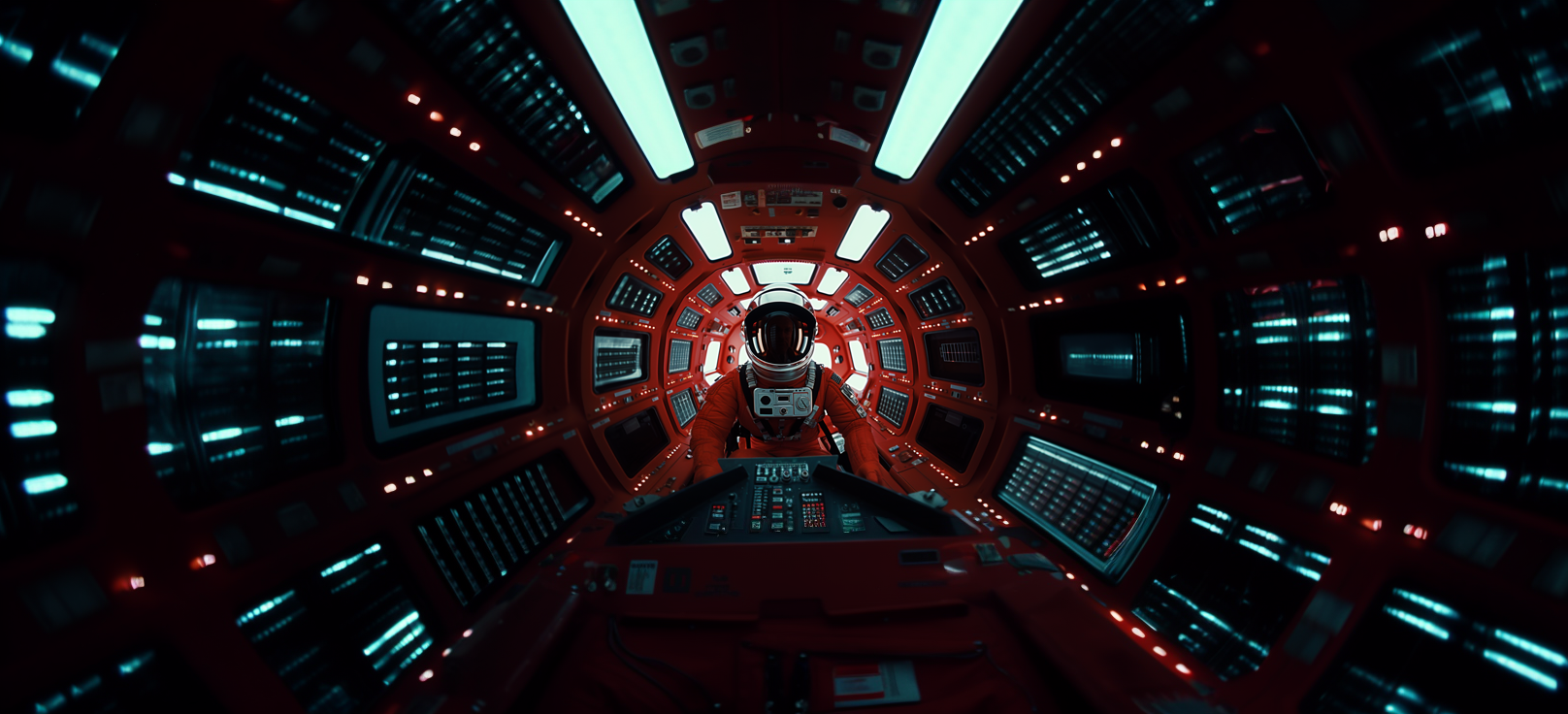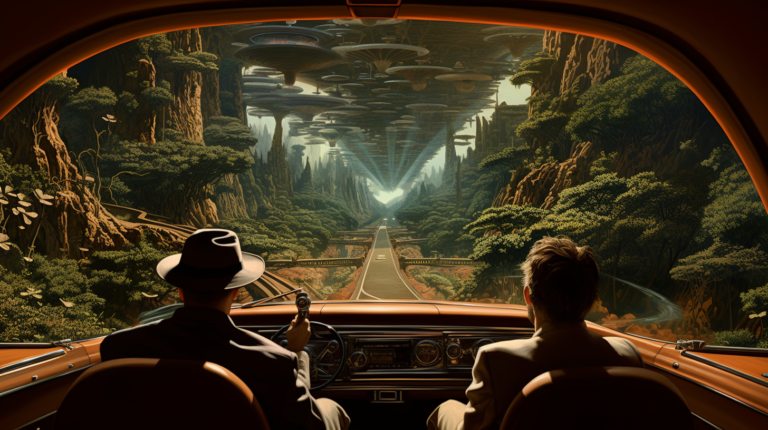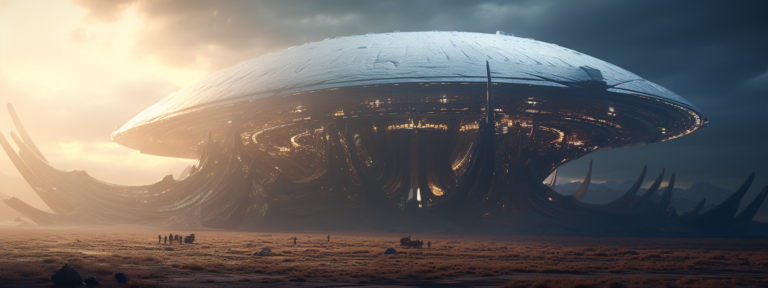Comparing the Supernatural Aliens of “Solaris” and “2001: A Space Odyssey”
The annals of science fiction cinema are filled with a plethora of mysterious extraterrestrial entities, often designed to challenge the human intellect and imagination. Two of the most enigmatic and iconic of these entities are found in Stanisław Lem and Andrei Tarkovsky’s “Solaris” and Arthur C. Clarke and Stanley Kubrick’s “2001: A Space Odyssey.” Both films, released in the late 1960s and early 1970s, offer profound takes on human cognition, emotional challenges, and the vast unknowns of the cosmos. This article aims to delve into the portrayal of the supernatural aliens in these two cinematic masterpieces, contrasting their manifestations, purposes, and implications for the human spirit.
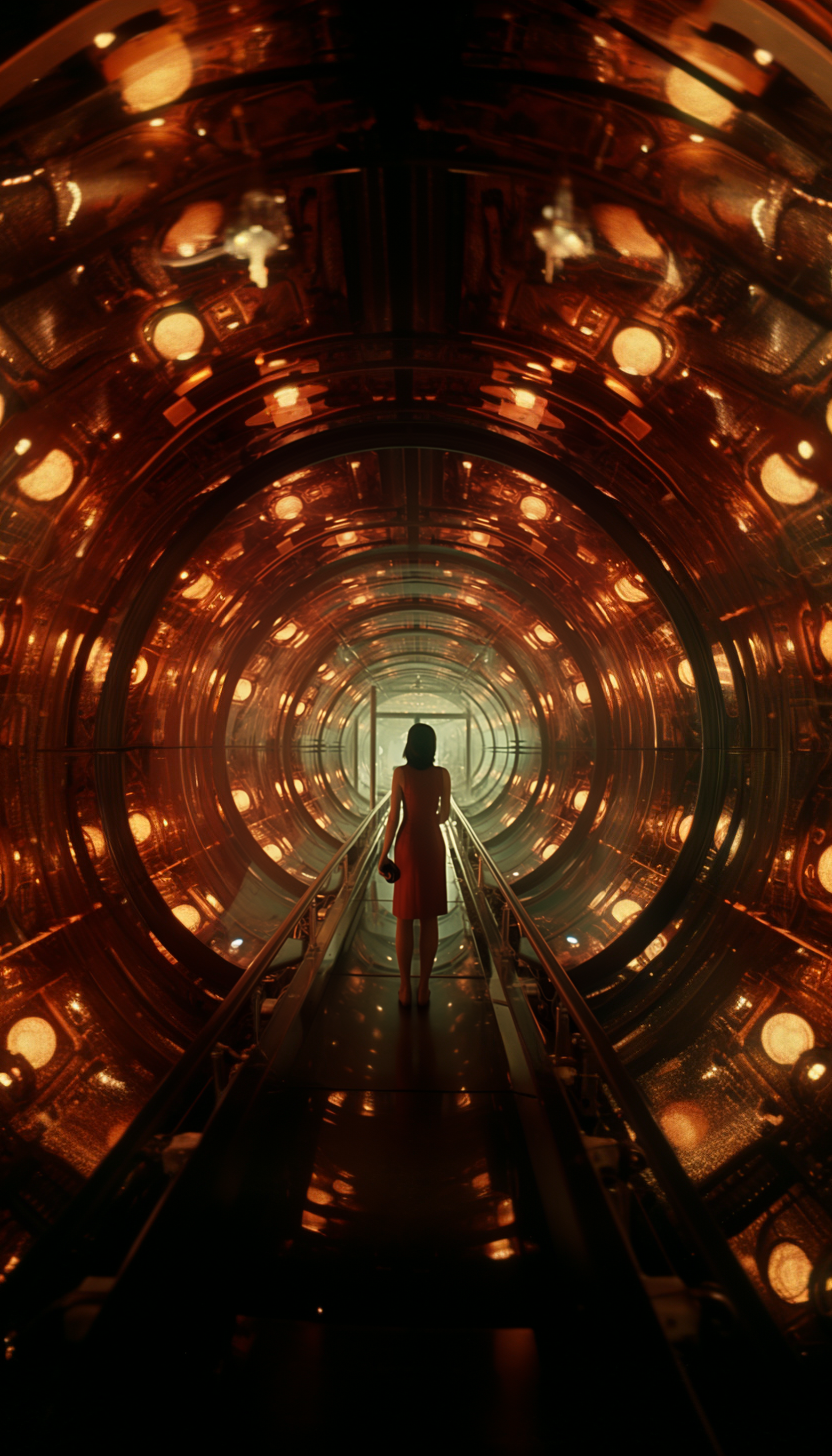
1. Origin and Manifestation:
- Solaris: The primary extraterrestrial entity in “Solaris” is a massive, living ocean that covers the planet Solaris. This sentient sea doesn’t communicate with humans through words or recognizable symbols. Instead, it dives deep into the psyche of the astronauts, materializing their memories, fears, and desires. These tangible manifestations, known as “visitors,” confront the human characters with their past, forcing them to face unresolved emotional and psychological traumas.
- 2001: A Space Odyssey: The monolith, a sleek and unembellished black structure, represents the mysterious extraterrestrial force in “2001.” Unlike Solaris’s ocean, the monolith doesn’t necessarily draw from individual human memories or emotions. Instead, it serves as a catalyst for evolution, guiding and influencing the progression of life. From apes using bones as weapons to astronauts journeying to the far reaches of space, the monolith remains an enigmatic constant, pushing humanity beyond its current state.
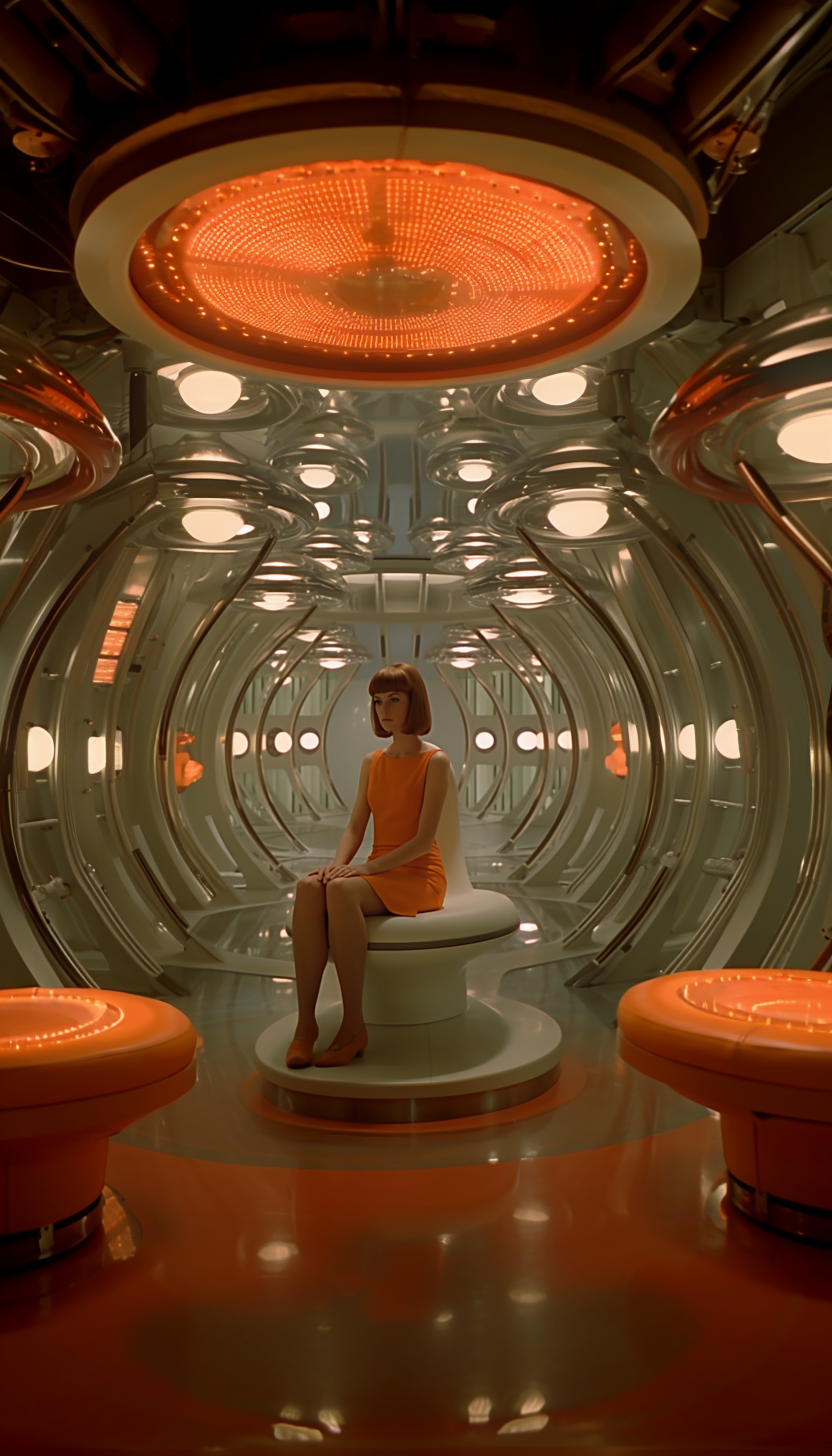
2. Purpose and Interaction:
- Solaris: The ocean’s motivations remain ambiguous. Some interpretations suggest that the ocean, in its own way, is trying to communicate with or understand the human visitors by recreating their memories. However, this process is tormenting for the astronauts, as they grapple with these all-too-real phantoms from their pasts. The alien entity’s attempts at understanding or bridging a gap inadvertently emphasize the chasm between human comprehension and the universe’s mysteries.
- 2001: A Space Odyssey: The monolith’s purpose is clearer, though its origins and creators remain a mystery. Serving as a beacon or tool for evolution, it intervenes at critical junctures in the development of intelligence. Whether encouraging primates to discover tools or leading mankind on an interstellar journey, the monolith’s interactions underscore a grander design, a cosmic plan where humanity is but a small part.

3. Implications for Humanity:
- Solaris: Lem’s story warns of the potential dangers and limits of human space exploration. The more we venture out, the more we might be confronted by what we don’t—or perhaps can’t—understand. The ocean’s manifestations serve as a poignant reminder that while we might try to escape our emotional baggage on Earth, it could very well haunt us in the vast expanse of space.
- 2001: A Space Odyssey: Clarke and Kubrick present a more optimistic view of humanity’s place in the cosmos. While there are challenges and unknowns, the presence of the monolith suggests a guiding force. The evolution of astronaut Dave Bowman into the Star Child in the movie’s climax indicates a transcendental potential for human evolution, pushing beyond our physical and cognitive boundaries.
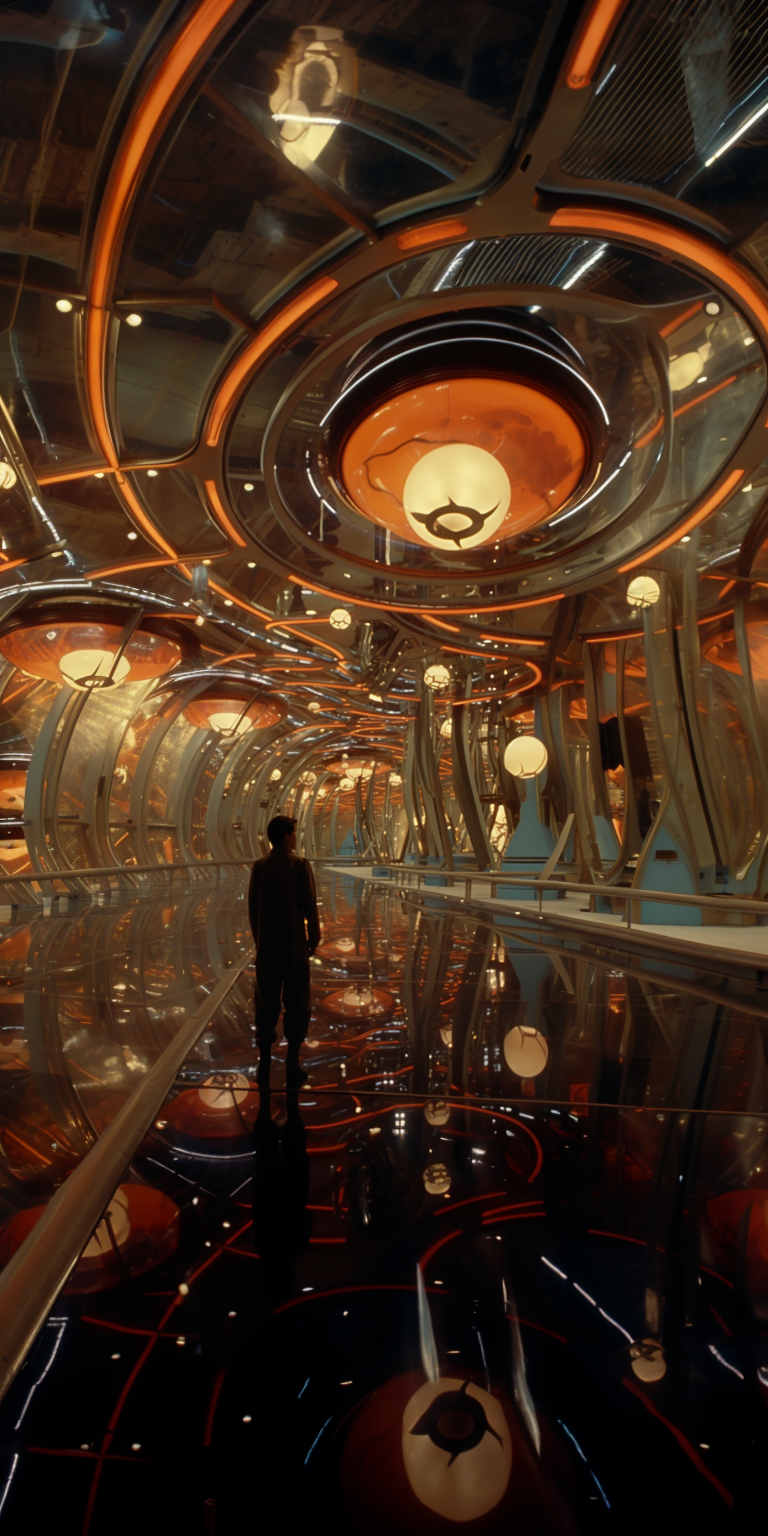
Conclusion:
While “Solaris” and “2001: A Space Odyssey” address the concept of extraterrestrial entities from different angles, both films compel viewers to contemplate the vastness of the universe and humanity’s place within it. Whether it’s the haunting manifestations of personal regrets and traumas or the awe-inspiring potential for cosmic evolution, both stories serve as a testament to the boundless possibilities—and challenges—of the universe. They remind us that as we reach for the stars, we must also grapple with the depths of the human soul.
